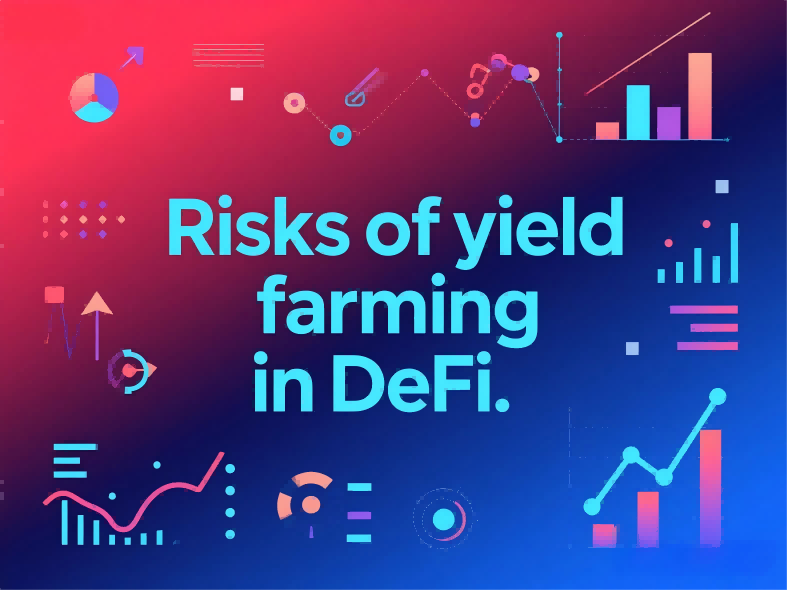The rise of DeFi has opened a floodgate of new opportunities for crypto investors. At the center of that surge is yield farming—a way to earn passive income by lending or staking crypto assets in decentralized protocols. Sounds like a no-brainer, right? But like any “easy money” pitch, it comes with a catch—or a few. Understanding the hidden risks behind those triple-digit APYs could mean the difference between growing your portfolio and watching it vanish overnight.
Let’s break down what’s really at stake when you dive into the world of DeFi yield farming.

If you’re providing liquidity to a pool, like ETH/USDC, you’re not just sitting back earning fees. You’re also exposing yourself to impermanent loss—a phenomenon where the value of your staked assets changes compared to simply holding them. It’s called "impermanent" because it only becomes permanent if you withdraw during a price imbalance. Still, many users underestimate how much this loss can eat into their yield—especially in volatile markets.
For example, if ETH pumps hard while USDC stays flat, your exposure to ETH will be diluted, and you may end up with less profit than simply holding ETH.
DeFi relies heavily on smart contracts—self-executing code that handles your funds. If there’s a bug in the contract (and many times there is), hackers can exploit it. Billions have already been drained from protocols like Wormhole, Poly Network, and Curve due to smart contract bugs or poorly audited code.
Even “audited” doesn’t always mean “safe.” Always check who did the audit and whether the protocol is battle-tested by time and usage.
In an unregulated environment, anyone can launch a token, create a liquidity pool, and vanish the next day. This is known as a rug pull, and it’s more common than many think. Some projects look legit, complete with whitepapers, Discord groups, and slick websites—until the moment the dev team disappears with your funds.
Due diligence is essential. Look for transparent teams, locked liquidity, and community involvement.
It’s easy to get tempted by platforms offering 300%+ APYs—especially when you’re able to borrow against your staked tokens. But high leverage in a volatile market is a ticking time bomb. If token prices dip, liquidations can cascade quickly, leaving you with little or nothing.
Many yield farmers chase higher returns by compounding their positions, unknowingly increasing their risk exposure. What looks like a savvy move can spiral out if markets turn against you.
DeFi operates in a gray zone in many countries. While the U.S., EU, and other governments are catching up, current laws don’t always cover decentralized platforms. This means protection is minimal if a protocol fails or your funds are lost.
Worse, if you earn substantial returns, tax implications can get tricky—especially when authorities start catching up. In some regions, even unknowingly using certain platforms could trigger legal scrutiny.
Even when everything goes smoothly, you might end up paying more than you think. Slippage—the difference between expected and executed price—can reduce your gains in low-liquidity pools. On chains like Ethereum, gas fees can be high during peak hours, cutting into profits and making frequent rebalancing costly.
Yield farming can be a powerful tool for generating passive income, but only when approached with clarity and caution. Don’t get blinded by shiny APYs—know the risks, protect your capital, and use reliable tools to track your positions.
"DeFi doesn’t reward the reckless—it rewards the informed."
Looking for smarter yield farming tools? Try platforms with automated risk controls, multi-layer audits, and community governance. Because in DeFi, protecting your downside is just as important as chasing the upside.
Want to make DeFi farming less risky and more rewarding? Stick with strategies that prioritize sustainability over hype.
Spot trading is straightforward: you buy an asset like Bitcoin, Tesla stock, or gold, and you profit if the price goes up
Read MoreTrading has always carried an air of possibility. The idea of turning a well-timed decision into a life-changing profit a
Read MoreStart your CFD trading
Your All in One Trading APP PFD